
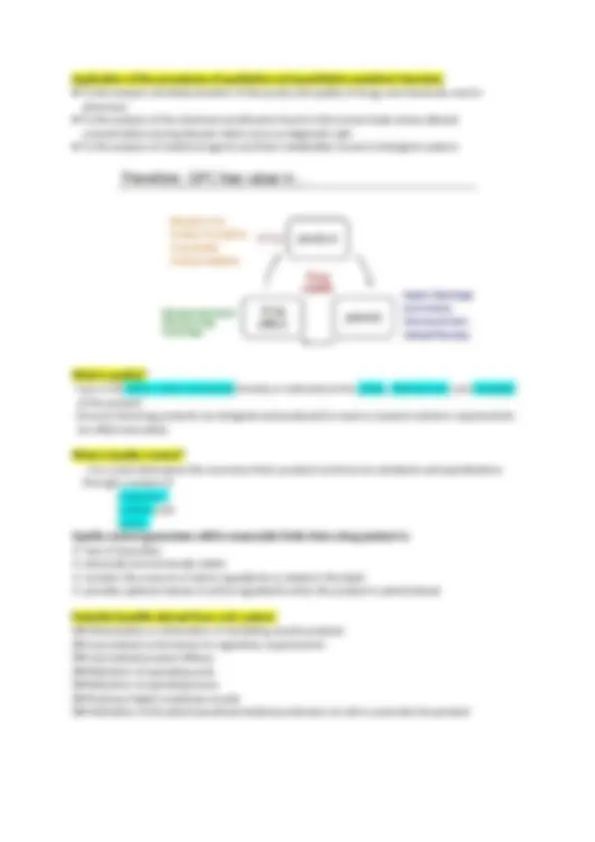

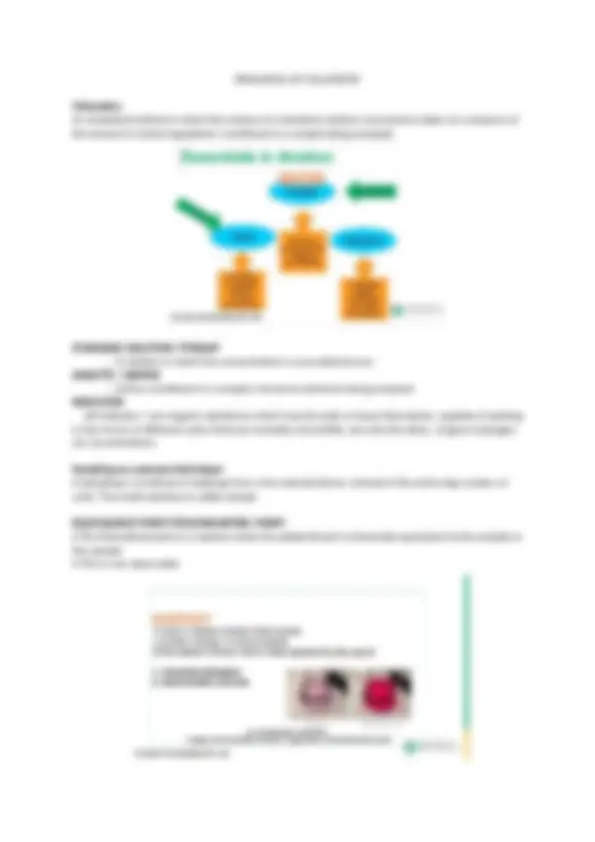
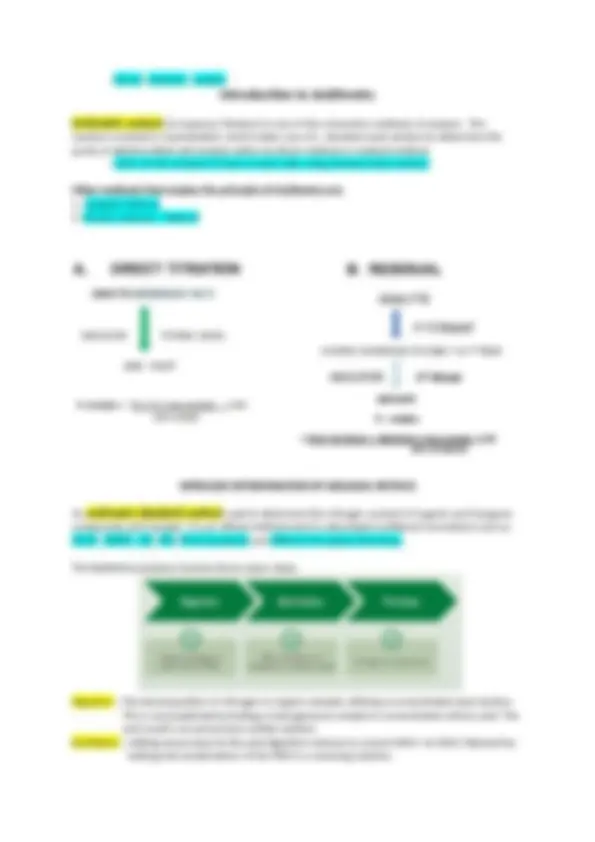
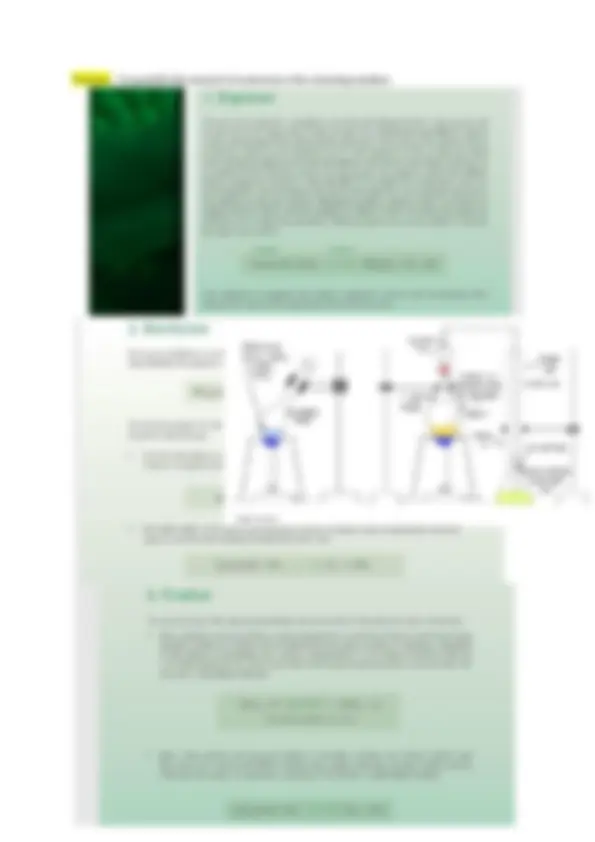

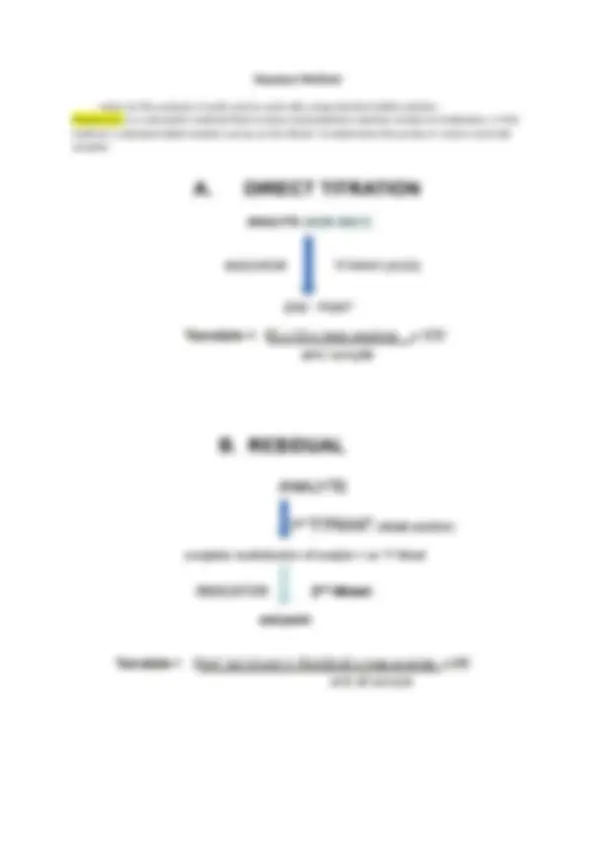


Study with the several resources on Docsity

Earn points by helping other students or get them with a premium plan


Prepare for your exams
Study with the several resources on Docsity

Earn points to download
Earn points by helping other students or get them with a premium plan
Community
Ask the community for help and clear up your study doubts
Discover the best universities in your country according to Docsity users
Free resources
Download our free guides on studying techniques, anxiety management strategies, and thesis advice from Docsity tutors
This will help you in Quality Control 1
Typology: Study notes
1 / 13

This page cannot be seen from the preview
Don't miss anything!








Pharmaceutical Analysis
Reasons of Pharmaceutical crimes: ● availability of substandard and counterfeit drugs in disturbing proportion in many low- & middle- income countries (LMIC) ● lack of reliable drug quality assurance systems in many developing countries Determinants of Medicine Quality ● Identity: Active ingredient ● Purity: Not contaminated with potentially harmful substances ● Potency: Usually 90–110% of the labeled amount ● Uniformity: Consistency of color, shape, size ● Bioavailability: Interchangeable products? ● Stability: Ensuring medicine activity for stated period Identity, purity, potency, uniformity are defined in pharmacopoeias and stated in certificate of analysis (COA) Who Ensures Medicine Quality? ● Drug regulatory authority ● Drug and therapeutics committee ● Hospital procurement office ● Patients ● Pharmacy ● Physicians and other prescribers Legal basis of pharmaceutical analysis ● RA 10918 Philippine Pharmacy Act - Section 2. Statement of Policy.
Quality assurance for quality drugs Shewart cycle considered a project planning tool, it is a four-step model for carrying out change; should be repeated again and again for continuous Improvement Goals of Medicine QA Programs To make certain that each medicine reaching a patient is safe, effective, and of standard quality ● Obtaining quality products that are safe and effective through structured selection and procurement methods ● Maintaining quality products through the appropriate storage, distribution, monitoring, and use by prescribers, dispensers, and consumers A product always contains API and excipient.
Volumetry: An analytical method in which the volume of a standard solution consumed is taken as a measure of the amount of active ingredient/ constituent in a sample being analyzed STANDARD SOLUTION /TITRANT
are organic substances which may be acids or bases themselves, capable of existing in two forms of different colors that are mutually convertible, one into the other, at given hydrogen ion concentrations. Criteria of a good indicator:
Certain indicators change color at different stages of a neutralization reaction This phenomenon is made use
Example: CO 3 = + H HCO 3 HCO 3 + H H 2 CO 3 -- H 2 O + CO 2
(Aqueous Medium)